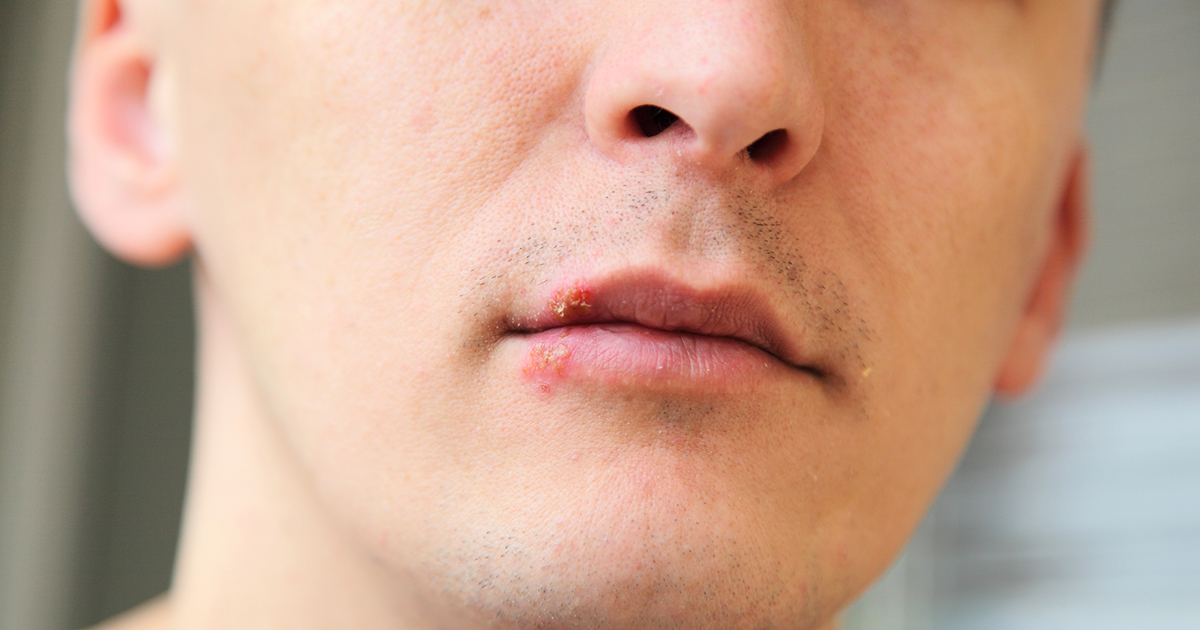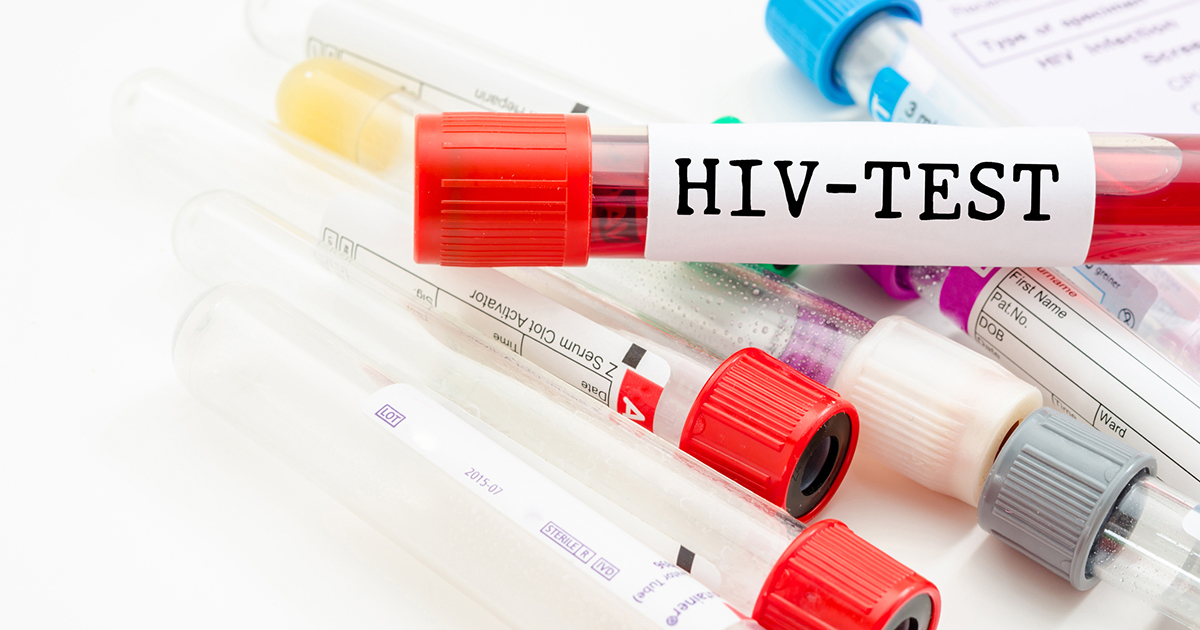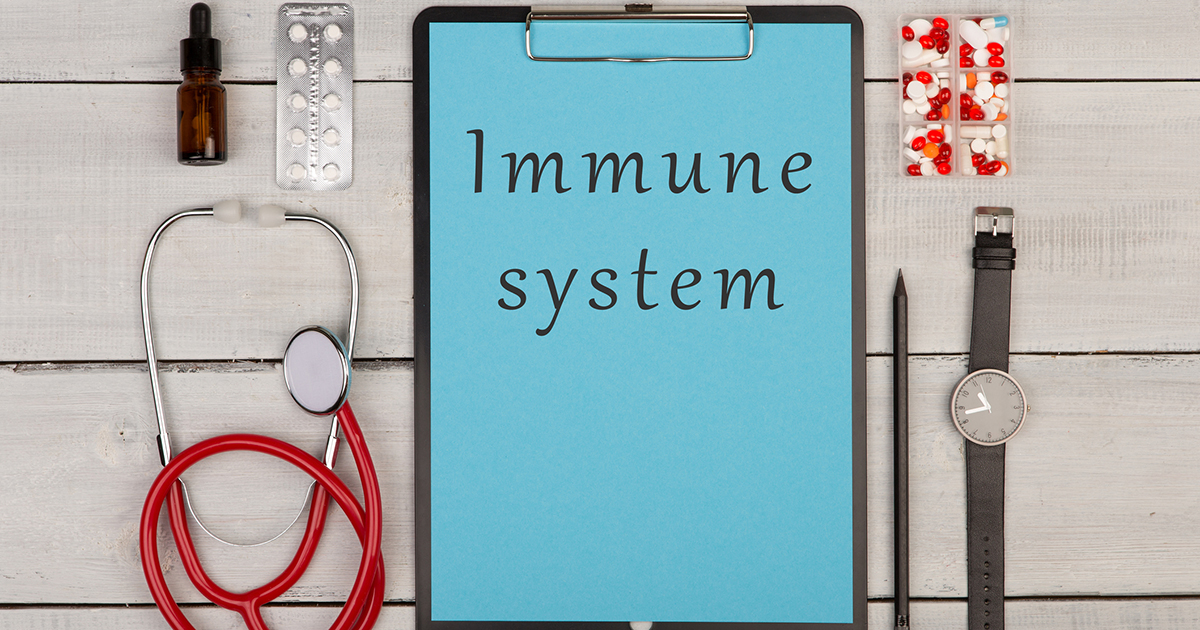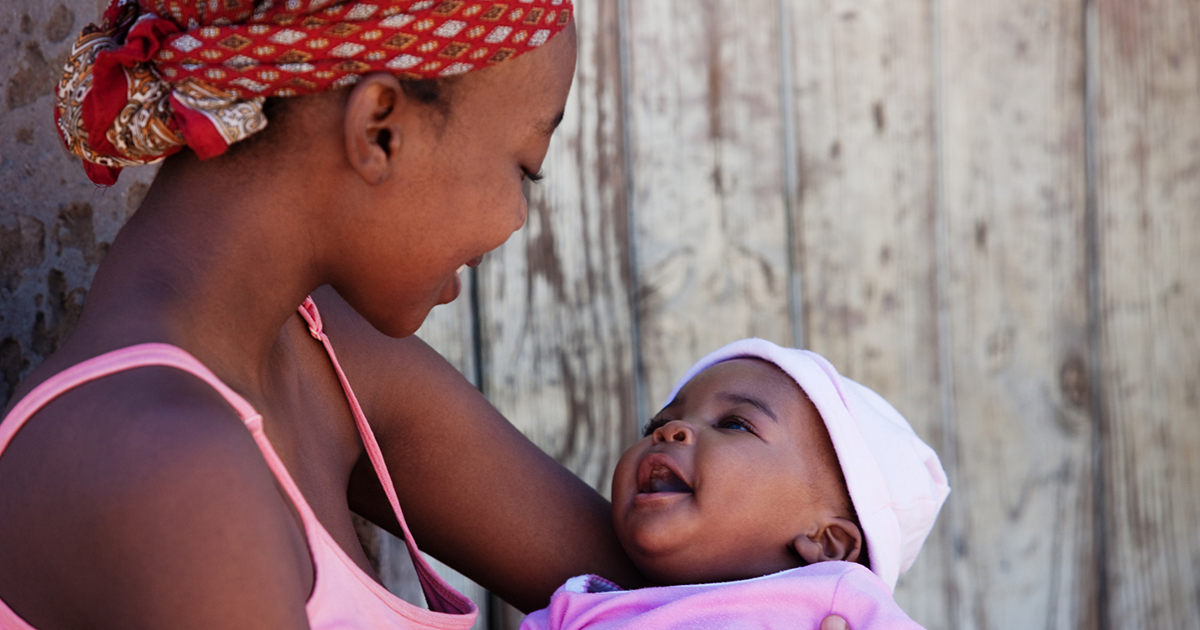Causes And Risk Factors Of Kaposi's Sarcoma
Cancerous cells can rapidly grow in any part of the body, and with Kaposi's Sarcoma, cancer begins in the blood vessels or lymph nodes. It becomes visible in the form of skin tumors or mucus-containing areas, and can also grow in the digestive tract and lungs. When you come into contact with Kaposi sarcoma-associated herpes virus (KSHV), your endothelial cells become infected. While the herpes virus is the primary cause for Kaposi's sarcoma, there are risk factors associated with the virus, including human immunodeficiency virus (HIV), a weakened immune system, gender, and other at-risk groups.
Herpes Virus

Kaposi sarcoma-associated herpes virus resides in the same family as the Epstein-Barr Virus (EBV), which is the virus that leads to mononucleosis. KSHV is primarily transmitted through saliva, blood transfusions, and organ transplants. KSHV accounts for all the forms of Kaposi's sarcoma, of which there are four types (classic Kaposi's sarcoma, endemic Kaposi's sarcoma, immunosuppression-associated Kaposi's sarcoma, and AIDS-associated Kaposi's sarcoma). This virus causes cells to divide too frequently and have elongated lifespans because it introduces genes into these cells. Some of these genes have been known to create new blood vessels in endothelial cells and result in inflammation and the development into cancerous cells.
Continue for the next cause and risk factor on this list.
HIV

Those with human immunodeficiency virus are especially at risk for developing Kaposi's sarcoma, and in fact, they are much more likely to develop it than the rest of the population. HIV is known to spread through the passing of saliva, which can include oral sex, kissing, and using saliva as a lubricant during sex. There are currently fewer cases of Kaposi's sarcoma in those with human immunodeficiency virus due to advances in treatment for the virus made in the 1990s. However, people with the virus who have a CD4 count below two hundred are at the greatest risk for developing Kaposi's sarcoma and will most likely battle this illness in one of its more serious forms.
Continue for another risk factor of Kaposi's sarcoma.
Weakened Immune System

Those with immune systems that function normally can usually keep Kaposi sarcoma-associated herpes virus under control. They typically won't develop as many Kaposi's sarcoma lesions, and it is rare for them to develop full-blown Kaposi's sarcoma. However, those with weakened immune systems are at risk for having a higher rate of cells abnormally develop into lesions. Whether the immune system has been weakened through a virus, autoimmune disease, or organ transplant (as recipients are often prescribed immunosuppressants to keep the body from rejecting the newly transplanted organ), an improper and insufficient immune response means cells infected with KSHV multiply at a much faster rate than they do in those with stronger immune systems.
Continue for more risk factors associated with this condition.
Gender

Kaposi's sarcoma tends to be more prevalent in men than in women, and among the male population, Kaposi's sarcoma is most common among homosexual men. When this condition was a more prevalent issue, men who tested negative for the human immunodeficiency virus tended to have far less serious cases. Those with classical Kaposi's sarcoma did, however, have more serious cases. These men tended to age somewhere in their fifties and sixties and were Mediterranean in ethnic origin. Kaposi's sarcoma does occur in women but to a much less degree, and many of these women are also infected with the human immunodeficiency virus.
Continue to learn more about at-risk groups for Kaposi's sarcoma.
At-Risk Groups

Other at-risk groups can develop forms of Kaposi's sarcoma. There are some areas (especially the sub-Saharan regions) in Africa where approximately eighty percent of the local population appears to be infected with Kaposi sarcoma-associated herpes virus, and it seems likely these cases are spread between mothers and their children. This is known as endemic African Kaposi's sarcoma. In those regions, there is a notable lack of access to therapies able to treat Kaposi's sarcoma, and it has been endemic to these regions since well before the rise in cases of the human immunodeficiency virus. It is thought mothers and other children pass Kaposi's sarcoma through saliva contact most predominantly in these areas, but there is also some suspicion it could be transmitted through breast milk.
